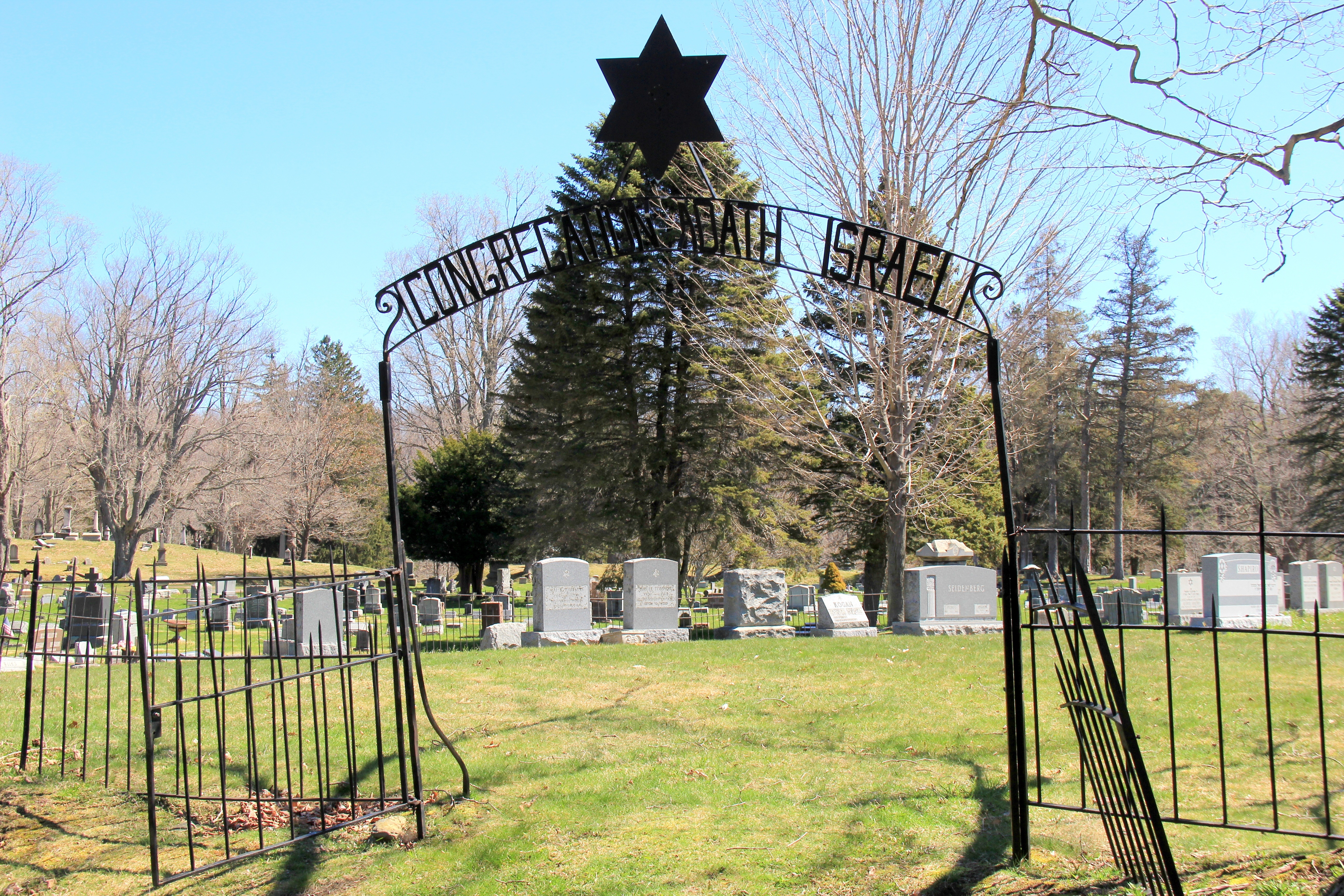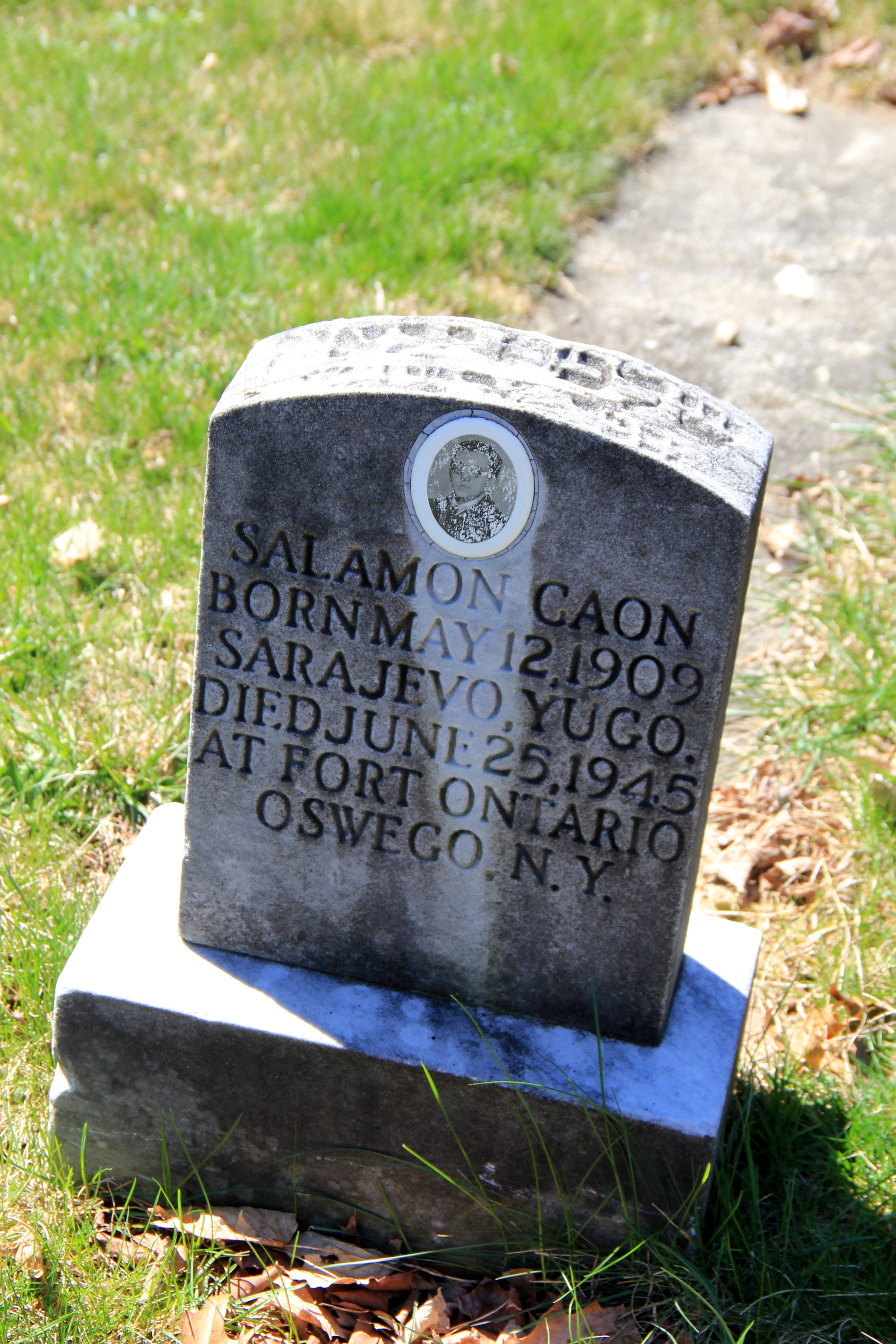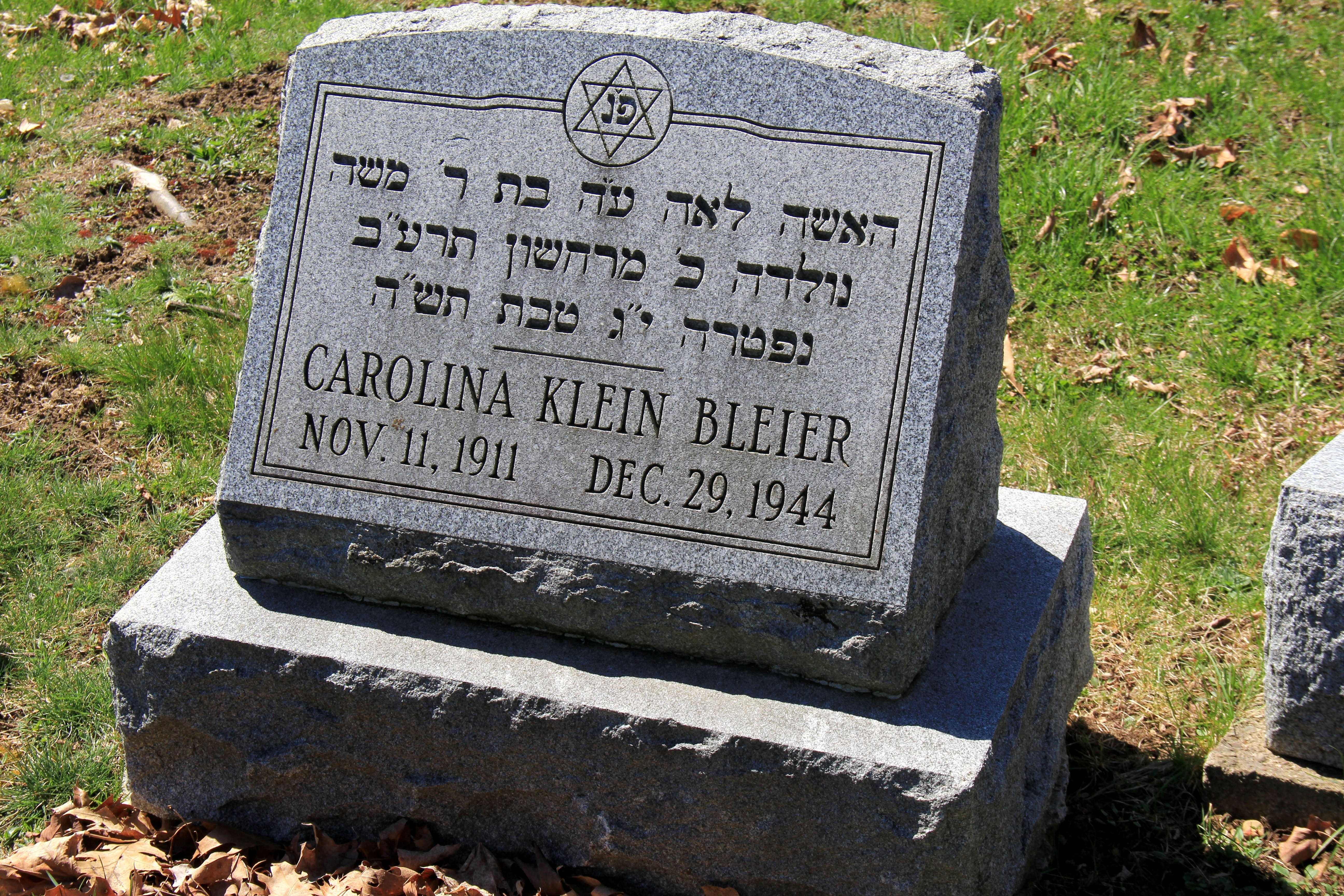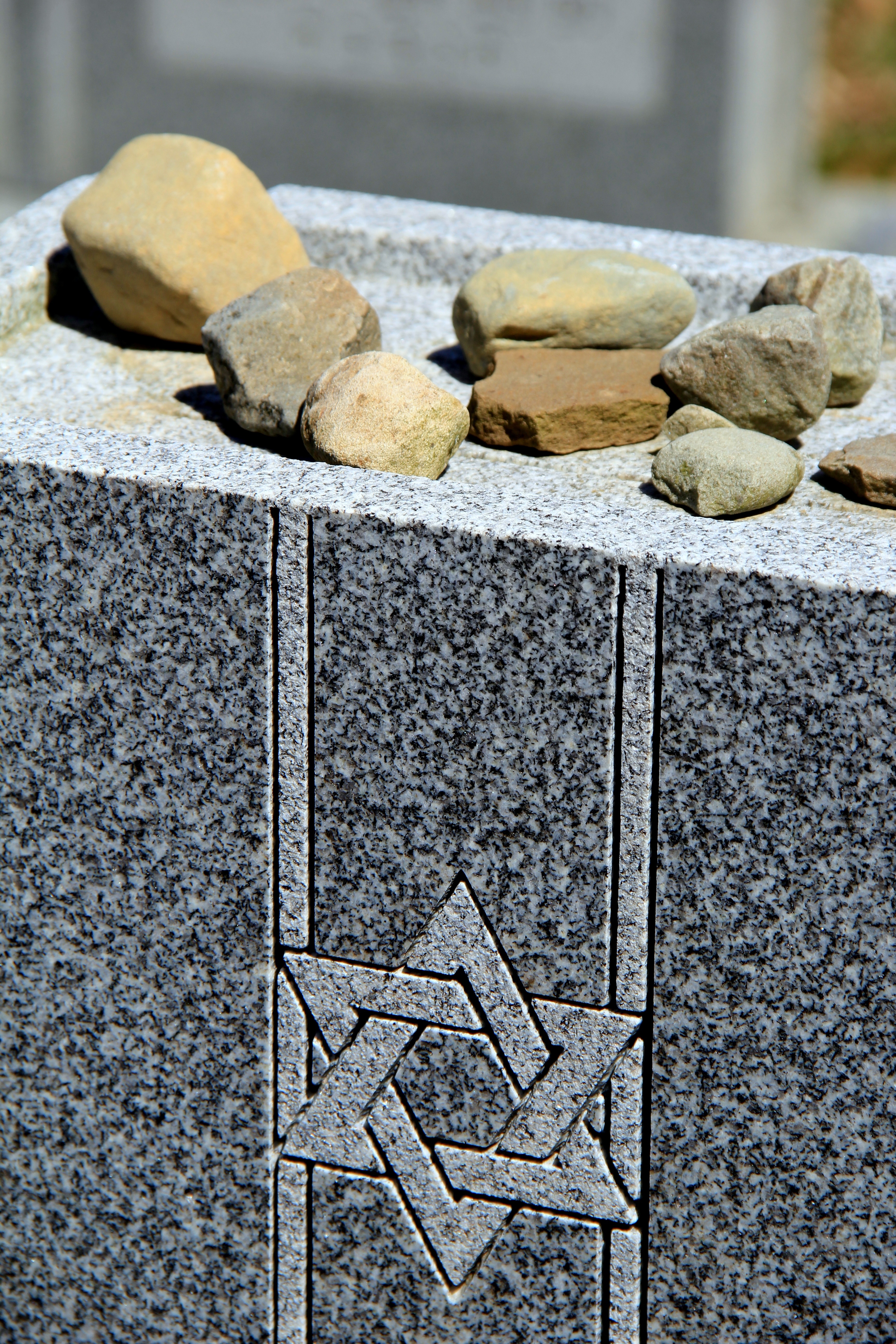Safe Haven Holocaust Refugee Shelter - Oswego's Beacon of Light in WWII's Darkness
Discover how Oswego, NY became a WWII Safe Haven for 982 Holocaust refugees at Fort Ontario. Explore their resilience and America's humanitarian courage.
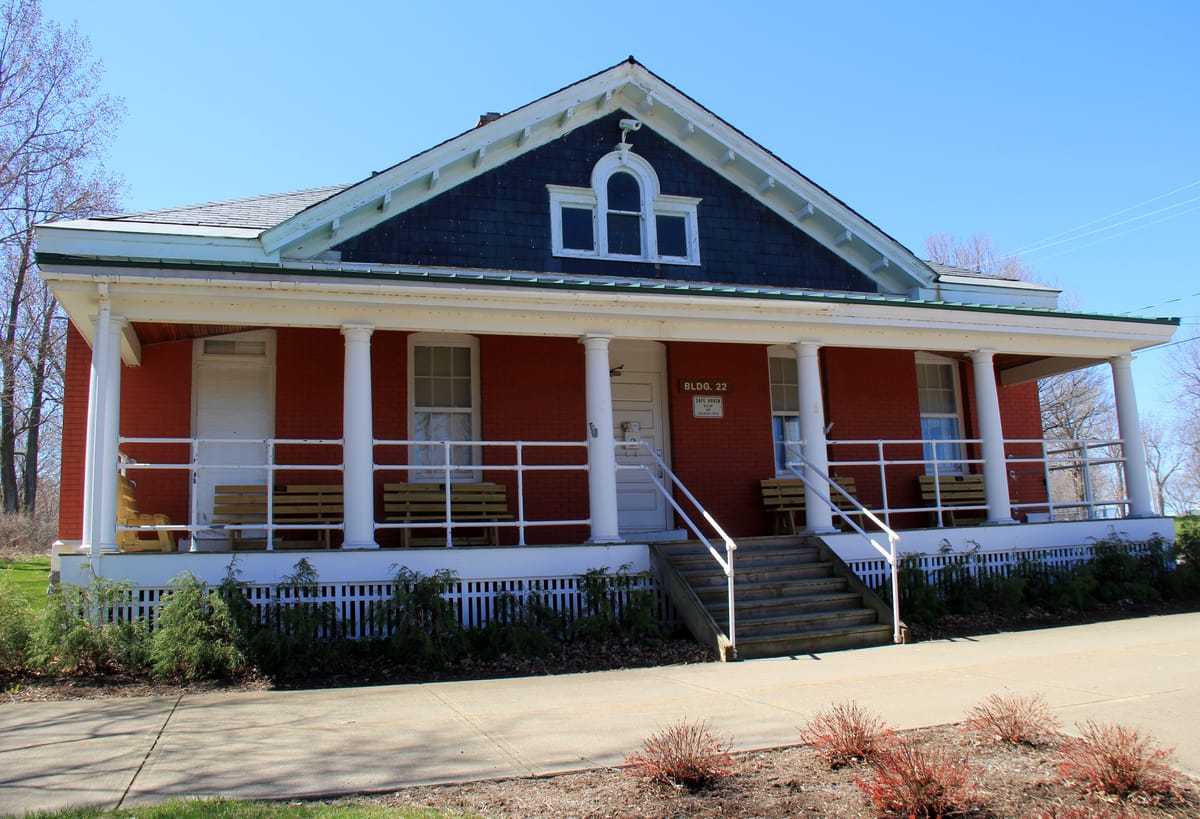
The moment Oswego, New York, offered up Safe Haven Holocaust Refugee Shelter to 982 refugees during the devastation of WWII, this little town and every resident living on its tree-lined streets, became true American heroes.
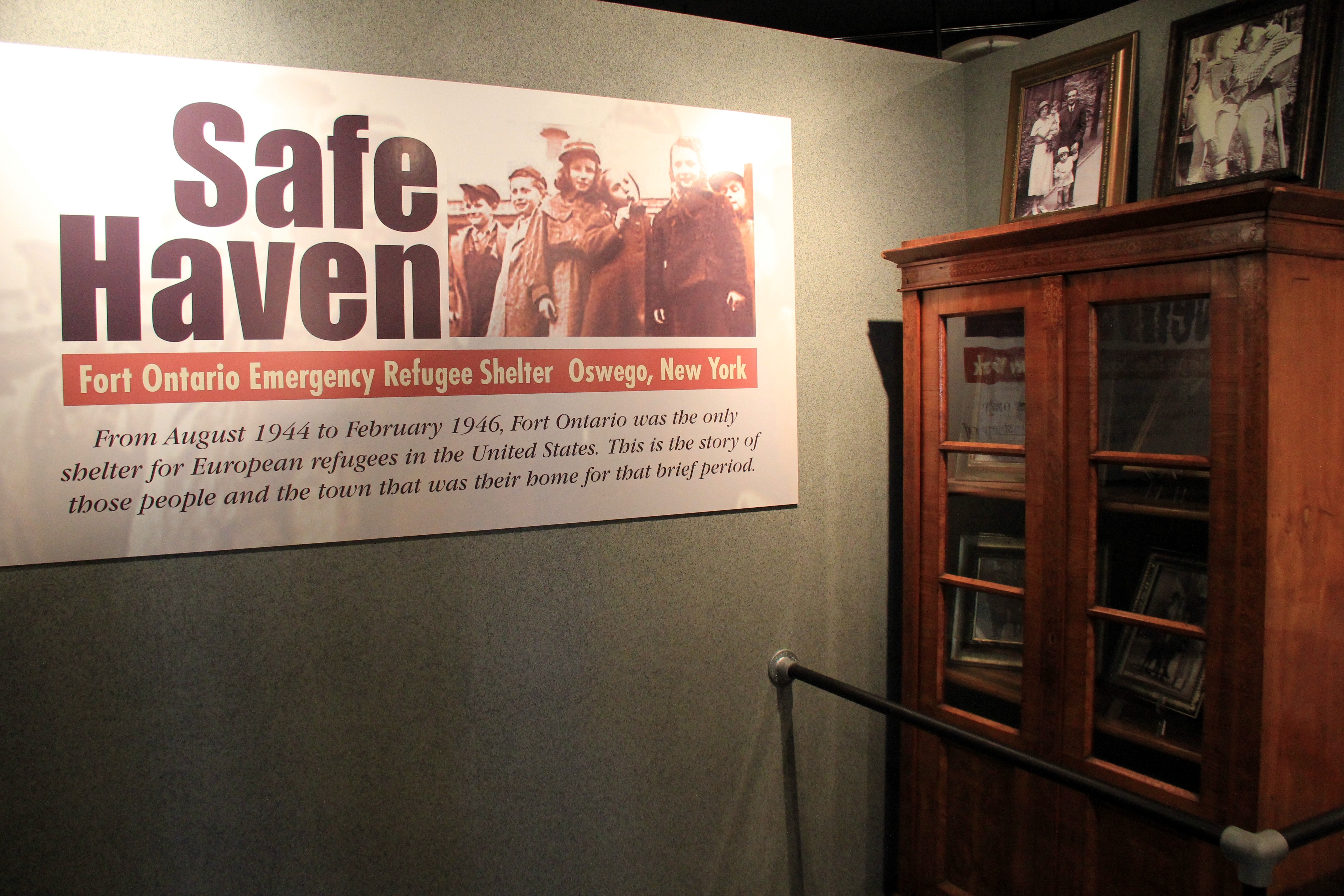
If you are anything like I am, upon reading, hearing or seeing images concerning this war and the horrors of Hitler’s regime, a powerful emotional response is sure to ensue.

Today, I step out of my car at the Safe Haven Museum and stand quietly in front of an unassuming building. Immediately, I begin to cry. I can’t help it. I know, once I pass through that entryway, moving into the rooms beyond, I won’t be able to escape feeling just a tiny bit of the immense sorrow and deep joy these ‘guests’ of President Franklin D. Roosevelt must have lived and breathed during the war.
They came from Europe, under the care of Ruth Gruber, Special Assistant to the Secretary of the Interior. They had no place to call ‘home’ and many came with just a distant, though most precious memory, of family.
The refugees had no legal right to come to America, but both the President and Winston Churchill made this humanitarian gesture, with an invitation that was applauded by many. Roosevelt also swore to Congress that all visitors would return to their own countries when the war was over and every person had to sign paperwork stating the same, before they were allowed entry.
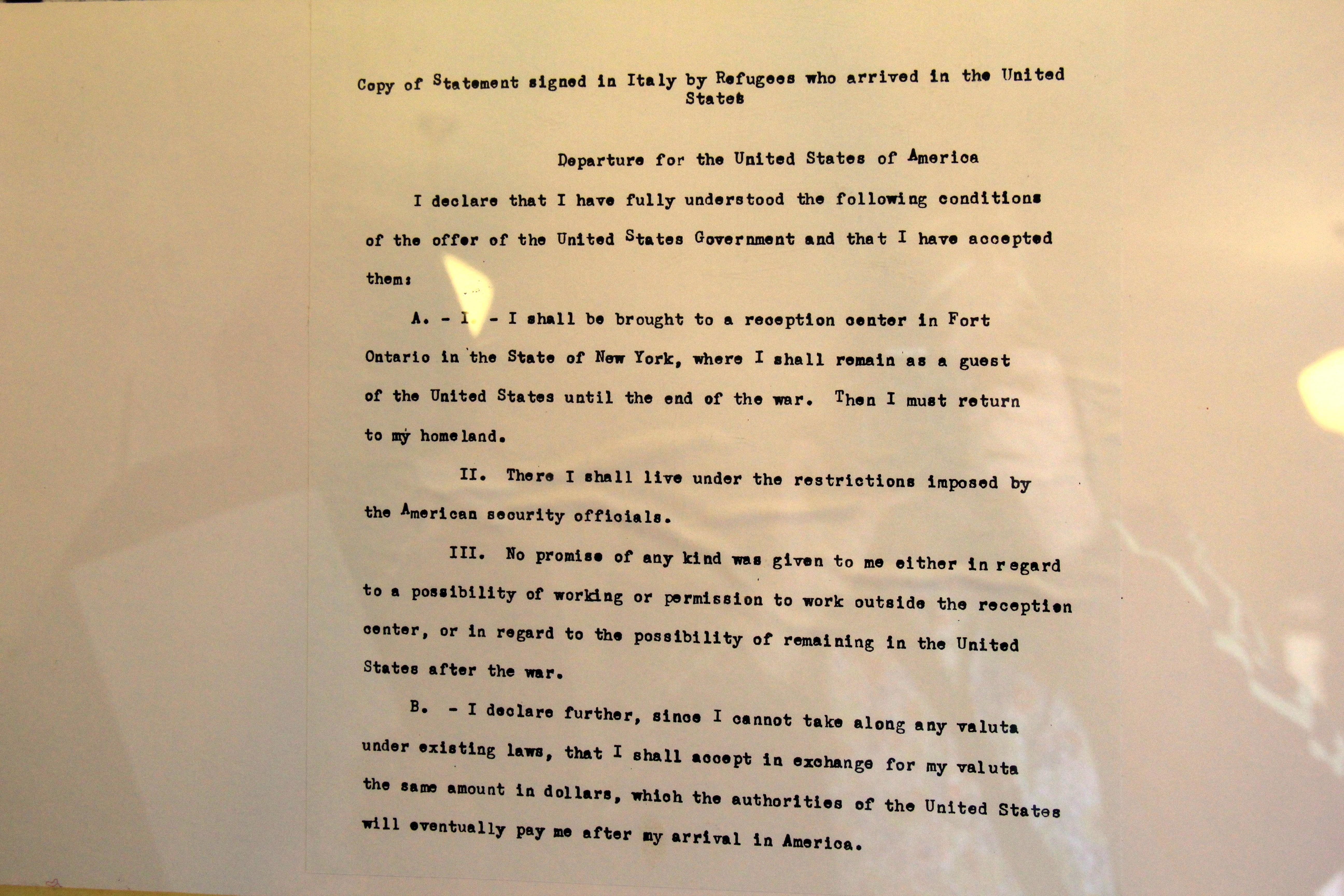
After two brutal weeks on the USS Henry Gibbons, with German planes flying overhead and more than one submarine attack, the refugees caught sight of our Statue of Liberty and began to cheer for this symbol of freedom. That was their message of hope in entering America.
Perhaps, without thinking of the impact the next few images would have on the refugees, they were moved onto trains that would take them up to Oswego, New York. They’d find housing inside Fort Ontario, a decommissioned Army base, from August 1944 to February 1946.
A train?? Memories of the death rides in Germany rushed in! Were they going to another concentration camp, another Auschwitz? Was the transport going to a crematorium instead, where they would be ripped from yet another line, the weaker ones marked for the gas chambers? Would they be shot by guards if they tried to escape?
Because the fort was once an Army base, it was surrounded by heavy barbed wire. There was no freedom here! The refugees believed they were prisoners still, only the country had changed.
At the opening ceremony, the Safe Haven’s Holocaust Refugee Shelter’s director, Joseph Smart, promised that, ” Whenever there is a knock at your door here, it will be a friendly one.”
Oswego is known for its love of American values and it did not take long for the neighborhood to greet each Holocaust survivor at the fence, trying to calm their fears with kind words and warm touches. Items were passed constantly through the openings or thrown over the barbed wire. Visits from Eleanor Roosevelt were a welcomed treasure and the refugees have always spoken of her with great love and admiration.
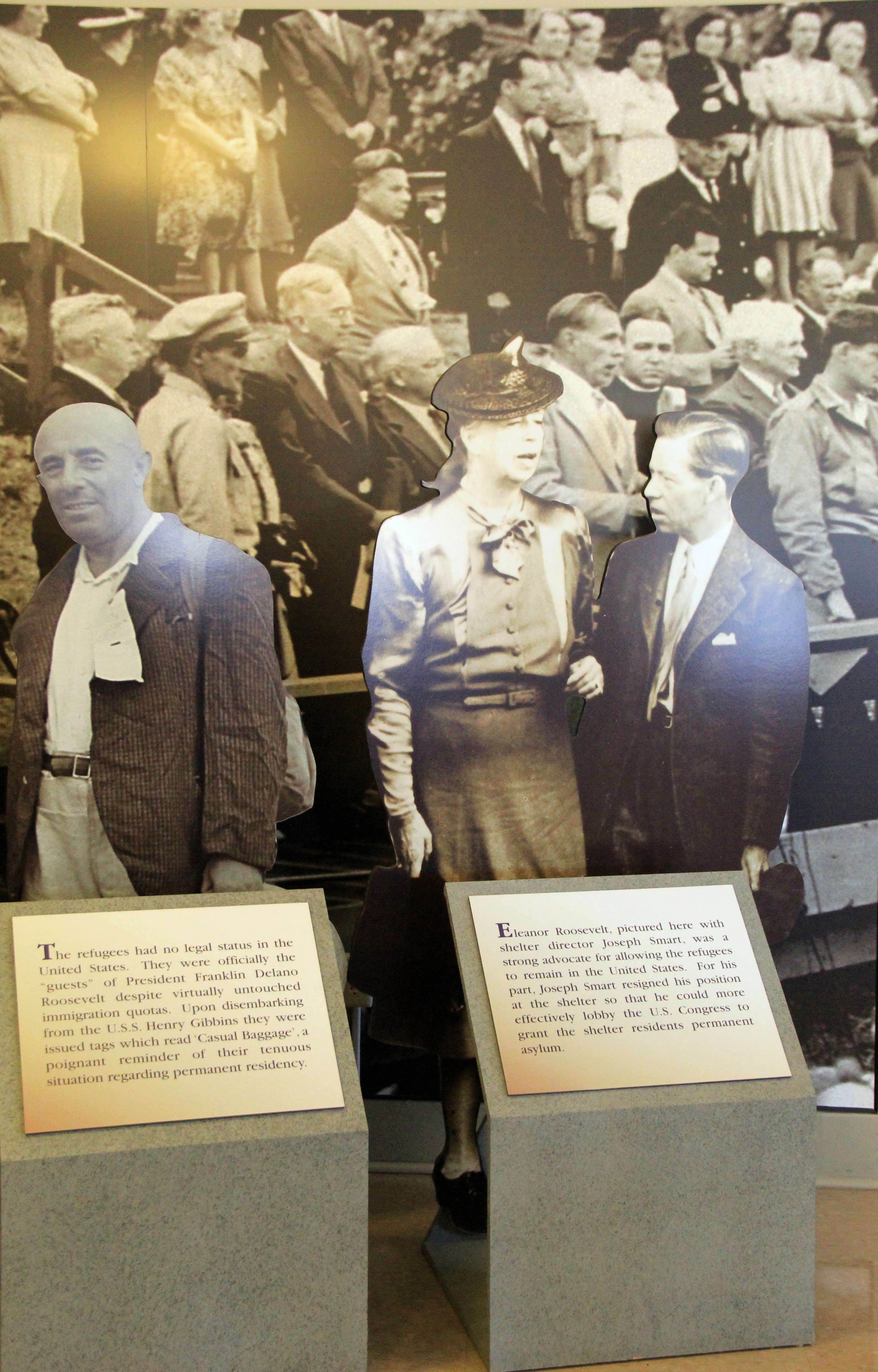
Children were allowed to go to school, where they learned how to speak English, engaged in arts and crafts and took part in sport activities. Boy Scout Troop 28 was born here, collecting 7 tons of newspapers to cover the cost of their uniforms. Under their leader, Scoutmaster Harold Clark, they discovered that, sometimes uniforms could be a wonderful thing. The boys learned about values and character and more about the strength that comes from within.
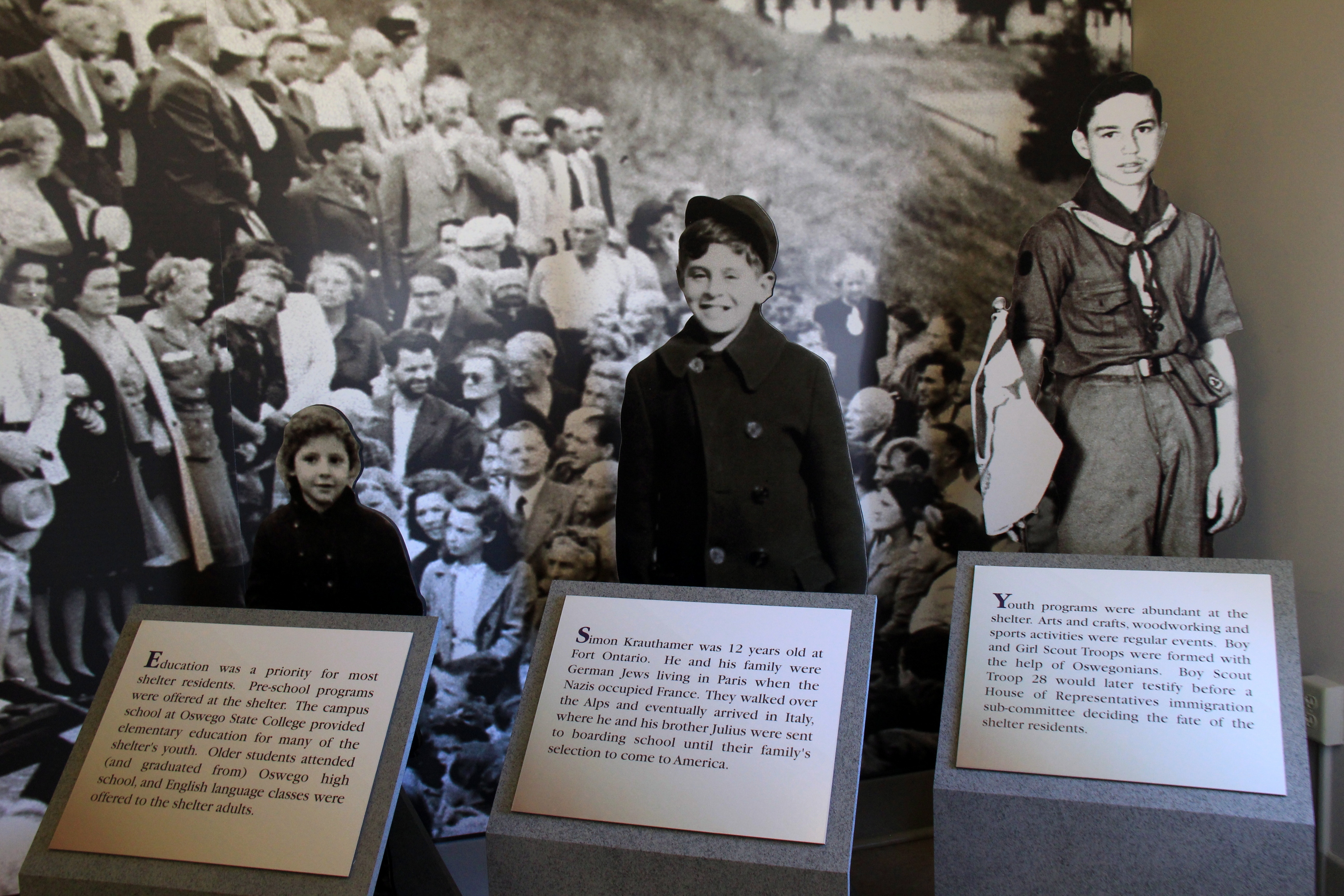
Later, when a Congressional sub-committee hearing was called to action, deciding whether or not the Oswego refugees should be allowed to remain in America, staking their new life as legal immigrants, the Boy Scouts proudly attended in their uniforms and spoke about how America had changed them. They testified with passion about wanting to stay, about love for their new country and maybe those sentiments had an impact on the final word given. The refugees would be allowed to stay in America, if they chose to. It would be a lengthy process, as they’d have to leave and then re-enter the country, but it could be done.
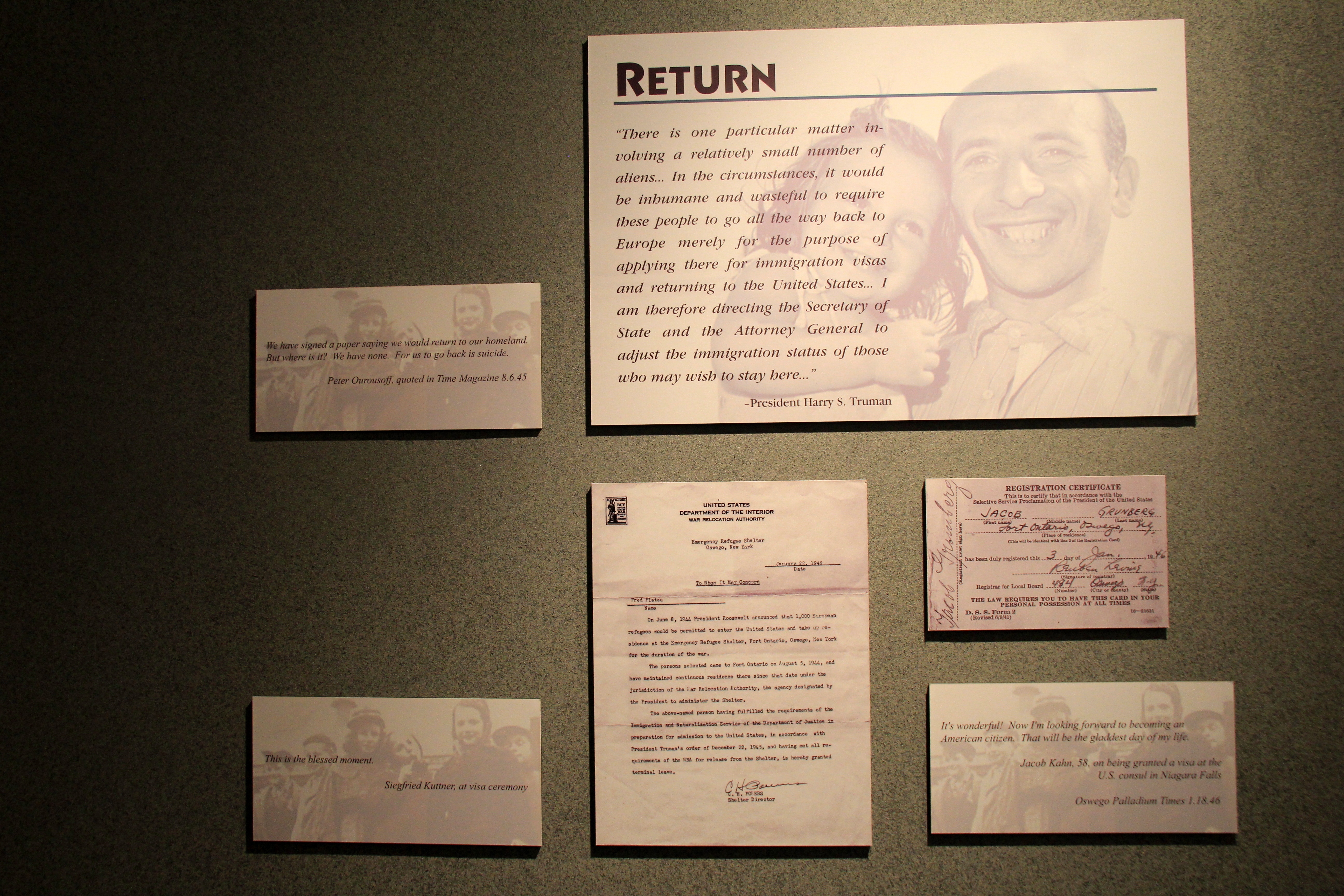
The rooms of the Museum, with all of its extensive exhibits, brought me through a roller coaster of emotions. I cannot even describe them. The most meaningful though, was the admiration and gratefulness I felt for the indomitable spirit of those who somehow made it through the tyranny of Nazi Germany and other war-torn countries during WWII. I could not help but cry at their sheer determination to live, no matter what it took and their will to survive the horror, to come out with hope. A cupful.
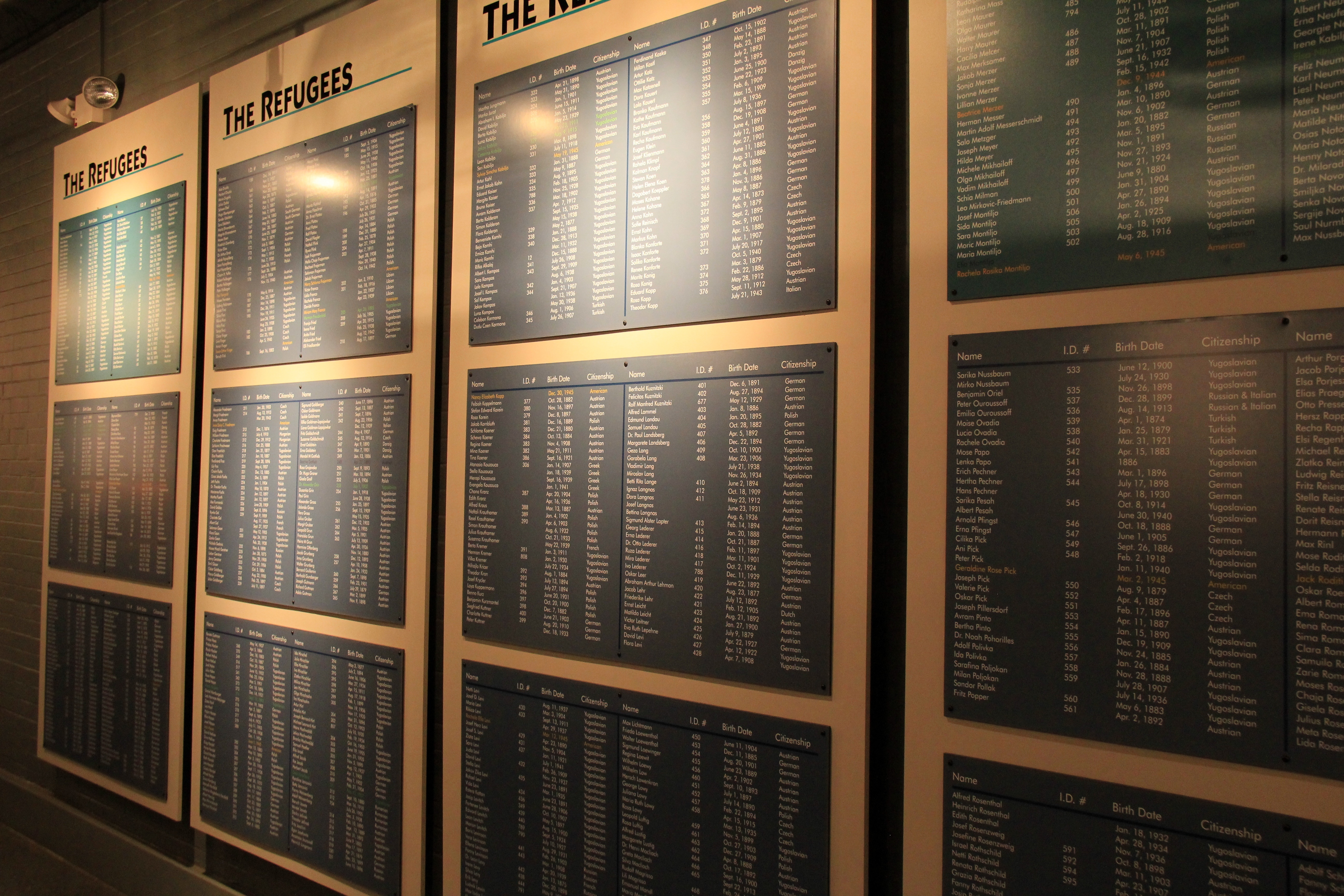
The Safe Haven Museum and Education Center is a place where we are reminded, over and over again, that there were good people, filled with compassion. They were a beacon of light in what seemed like never ending darkness. They were there to help welcome refugees home. And they did.
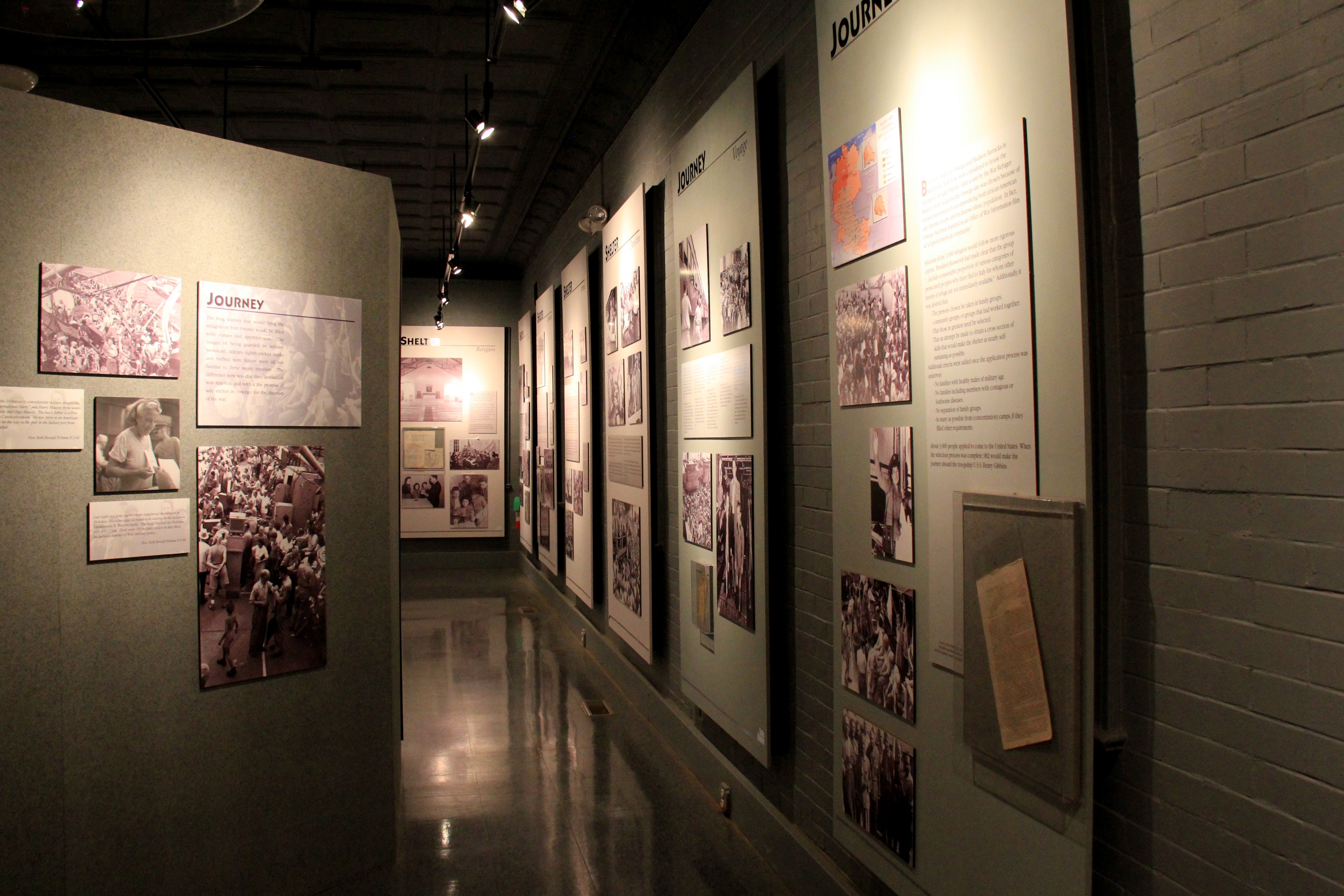
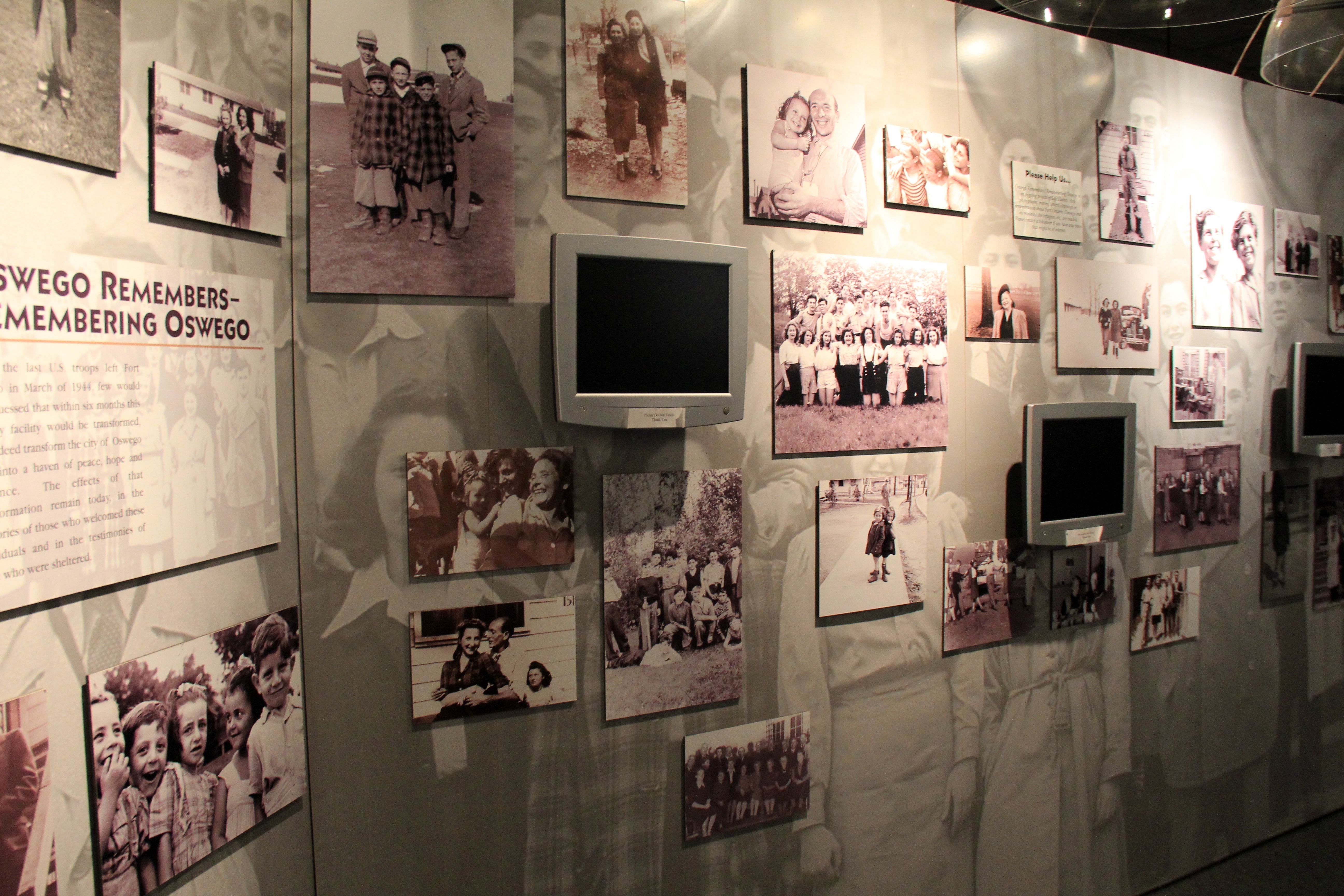
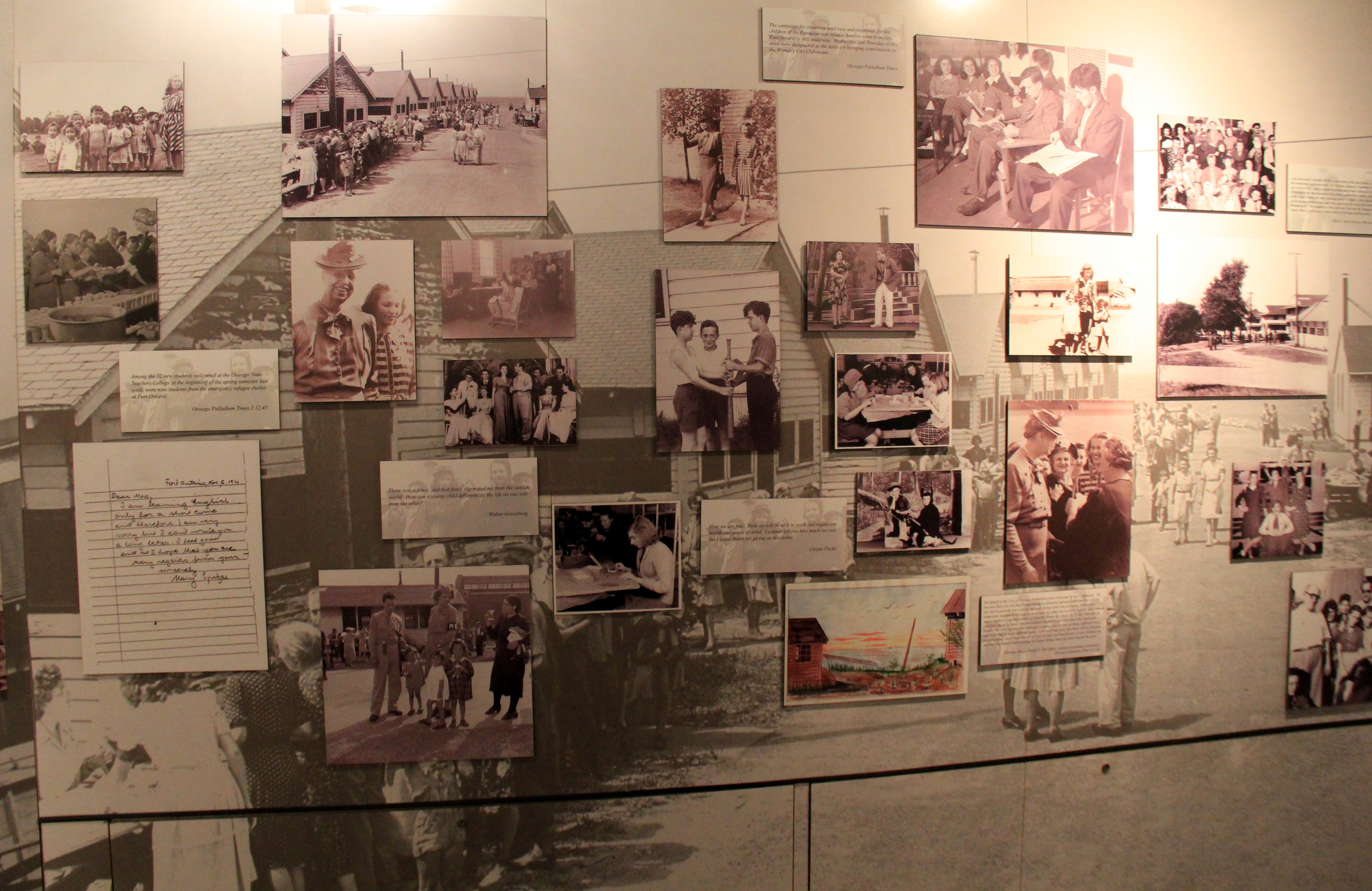
Later, I went to the Congregation Adath Israel Cemetery, to honor the few well-tended gravestones that marked the life and death of refugees who’d passed away in their safe haven, America. Land of the free. Finally.
